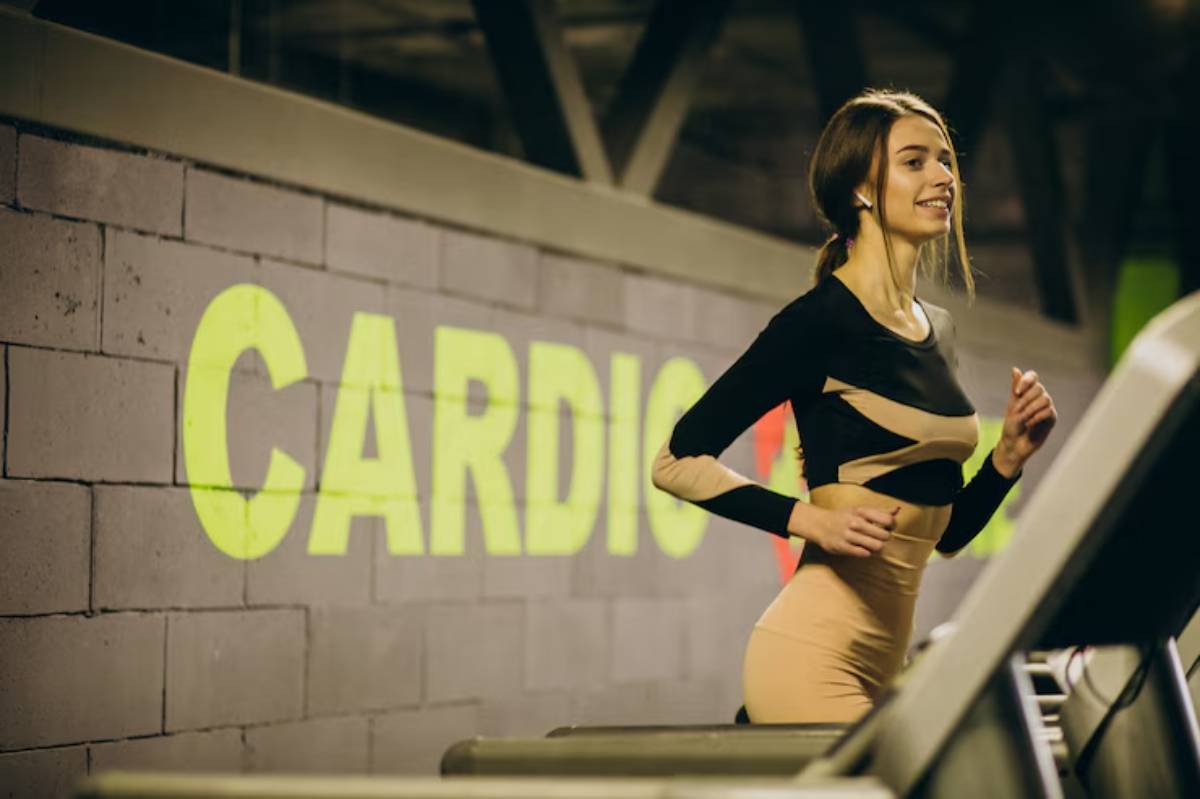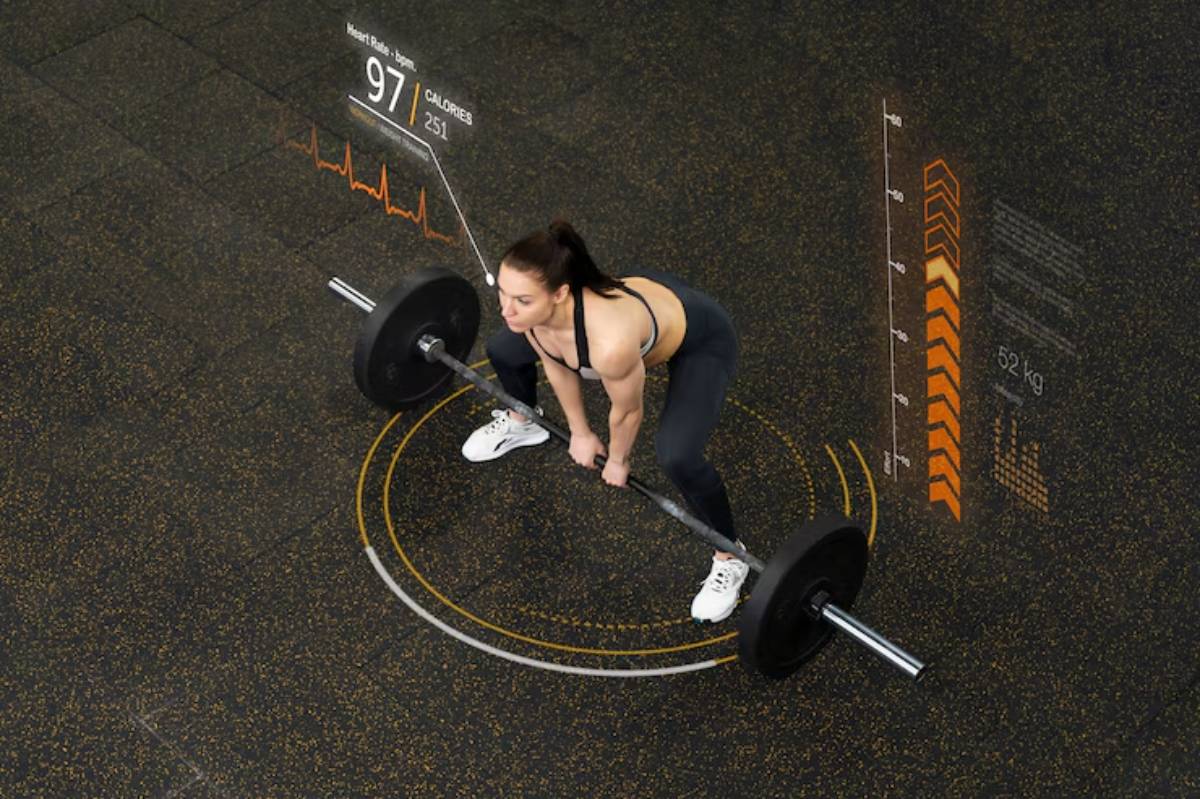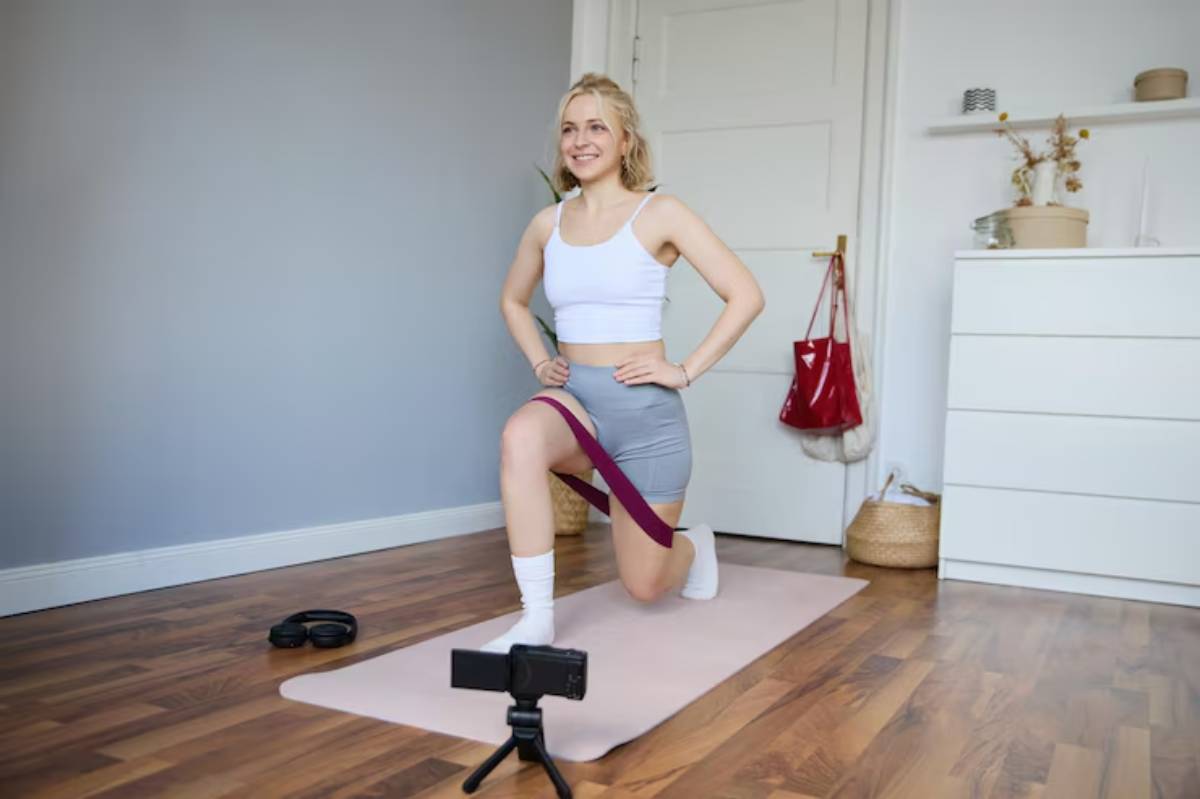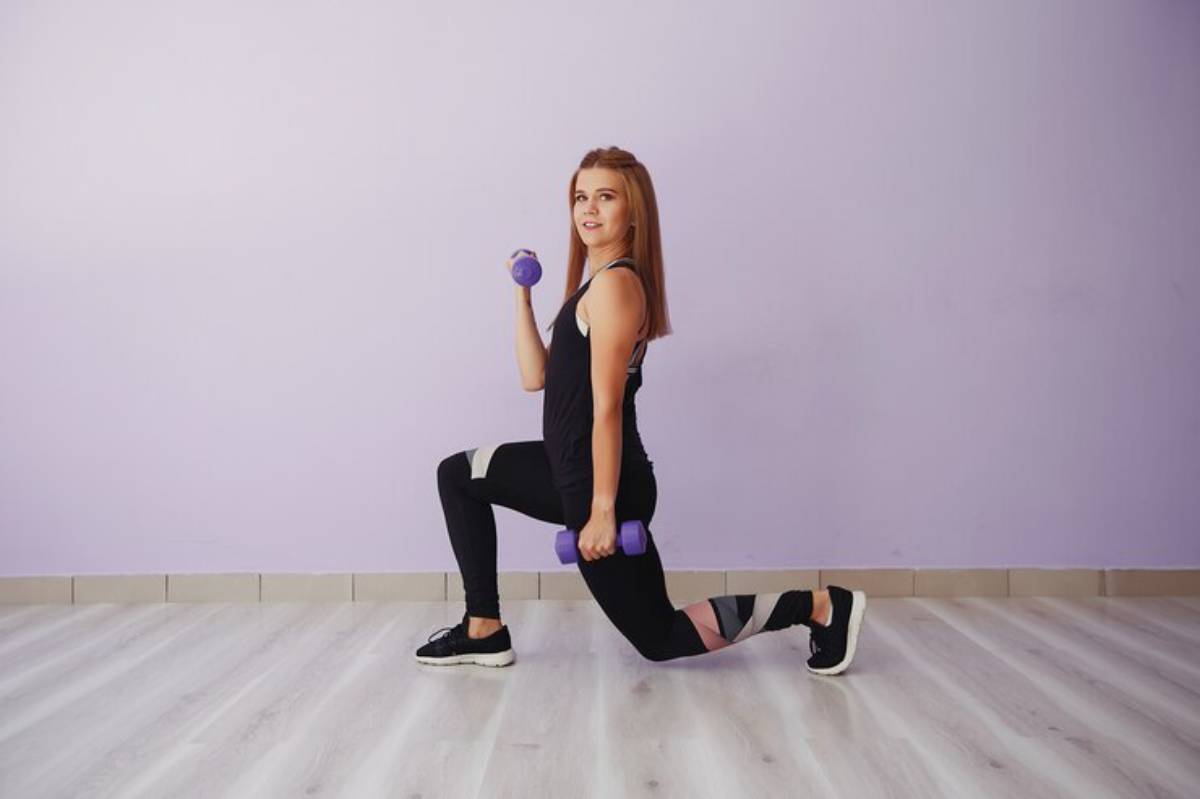
Why Women Should Lift Weights: Debunking Myths
For decades, many women have shied away from lifting weights — not because they don’t want to get strong, but because they’ve been told they shouldn’t. Whether it’s the fear of “bulking up” or the outdated belief that cardio is the holy grail of female fitness, these persistent myths have held women back from reaping the full benefits of strength training.
But times are changing. Today, more women are picking up dumbbells and discovering not just the physical rewards, but the mental and emotional empowerment that comes with it.
In this post, we’ll break down some of the most stubborn women’s fitness myths, explain why lifting weights is one of the best things you can do for your health, and help you feel confident about adding strength training to your routine — no matter your age, shape, or experience level.
The Myths That Still Linger
Despite more awareness around women’s health, a surprising number of strength training myths are still floating around fitness spaces, both online and off. Let’s tackle the biggest culprits head-on.
“Lifting weights will make you bulky”
Possibly the most persistent and misguided myth of all. The idea that women will suddenly turn into bodybuilders with a few bicep curls is simply false.
The reality? Women generally have 10–30 times less testosterone than men, the hormone that primarily drives muscle mass. It takes years of highly specific training and nutrition (often with supplementation) for women to build extreme muscle size. What most women achieve through lifting is lean, toned muscle and enhanced body definition — not bulk.
“Cardio is better for fat loss”

Cardio has its place, no doubt — it supports heart health and endurance. But when it comes to sustainable fat loss, weight training holds a major edge.
Lifting builds muscle, and muscle burns more calories at rest than fat. This means your metabolism gets a lasting boost, helping you burn more throughout the day, even when you’re not working out.
“Weights are only for the young and athletic”
Strength training is essential at every age. As women enter their 30s and beyond, they start to lose muscle mass and bone density. Lifting weights slows down this decline, supports joint health, and reduces the risk of osteoporosis and falls — especially later in life.
Whether you’re in your 20s or your 60s, it’s never too late to start.
The Real Benefits of Strength Training for Women
Now that we’ve cleared the air on myths, let’s talk about what lifting weights actually does for your body — and your life.
1. Strengthens Your Body from the Inside Out
Strength training helps develop all major muscle groups, supporting posture, stability, and joint alignment. This isn’t just about looking good in the mirror — it’s about feeling confident and resilient in your day-to-day movements.
You’ll notice everyday tasks get easier: carrying groceries, picking up your toddler, or climbing stairs without getting winded.
2. Improves Hormonal Health
Yes, lifting weights even helps with your hormones. Studies have shown that strength training can regulate cortisol (stress hormone) levels and improve insulin sensitivity, which supports better energy and mood balance.
And for women experiencing PMS or perimenopause, lifting can alleviate symptoms by supporting natural hormonal fluctuations and promoting endorphin release — nature’s feel-good chemicals.
To dig deeper into how exercise can impact your hormonal balance, read how strength training supports hormonal balance.
3. Enhances Mental Health and Body Image
There’s something deeply empowering about lifting heavier than you did last week. It creates a sense of accomplishment and control, which translates into better self-esteem.
Research consistently links strength training to reduced symptoms of anxiety and depression. It can also help shift your focus from “what you look like” to “what your body can do” — a massive mindset win.
4. Boosts Metabolism and Aids Fat Loss
When you build muscle, you’re not just changing the way your body looks — you’re changing how it functions. Muscle tissue requires more energy to maintain than fat tissue, meaning the more muscle you have, the more calories your body burns at rest.
This metabolic boost can help women reach fat loss goals without relying solely on calorie restriction or endless cardio.
5. Supports Bone Density and Prevents Injury
Bone health is a critical — yet often overlooked — aspect of women’s fitness. Weight-bearing exercises stimulate bone growth and reduce the risk of osteoporosis, a condition that disproportionately affects women.
Lifting also strengthens the connective tissues and improves joint stability, meaning fewer injuries in both workouts and everyday life.
Real Women, Real Results: Stories from the Gym Floor
To bring this closer to home, let’s look at some real-life examples of how lifting has transformed women’s lives.
Sophie, 35, working mum:
“Before I started lifting, I thought I had no time. But once I committed to three 45-minute sessions a week, I saw a huge difference. My energy improved, and I felt strong in a way that cardio never gave me. I’m no longer scared of the weights section — I own it.”
Jaya, 52, post-menopause:
“I started lifting to help with my bone density after a scare with early osteopenia. Not only did my bone scans improve, but I also feel younger. I sleep better, have more stamina, and my posture’s never been better.”
How to Start Lifting Weights — The Smart Way

If you’re brand new to strength training, know that you don’t have to walk into a gym and deadlift 100kg on day one. The best approach is one that’s safe, simple, and consistent.
Find a Plan That Fits Your Life
Start with 2–3 sessions a week. A full-body routine focusing on compound movements — like squats, deadlifts, presses, and rows — will give you the most bang for your buck.
Consider following a beginner-friendly structure like the 3-day full-body weight training split for women to build a solid foundation.
Focus on Form First
Proper technique matters more than lifting heavy. Begin with bodyweight or light dumbbells, and gradually increase the weight as your form improves and you feel more confident.
If possible, invest in a few sessions with a qualified trainer — even virtually — to get comfortable with the basics.
Track Your Progress (Beyond the Scale)
The number on the scale isn’t the only — or best — indicator of success. Keep an eye on:
- How much you’re lifting
- How you feel after workouts
- Changes in energy, mood, and confidence
- How clothes fit or muscles appear
Non-scale victories are often far more rewarding — and sustainable.
Strength Is a Lifestyle, Not a Look

Lifting weights isn’t just another fitness trend. For women, it’s a form of self-respect — choosing to care for your body in a way that supports strength, health, and independence.
Whether your goal is to tone up, lose fat, age gracefully, or just feel stronger in your own skin, weight training is one of the most effective tools at your disposal.
The beauty of lifting is that it meets you where you are and evolves with you over time. You don’t have to become a powerlifter or fitness model. You just have to start — one rep at a time.


